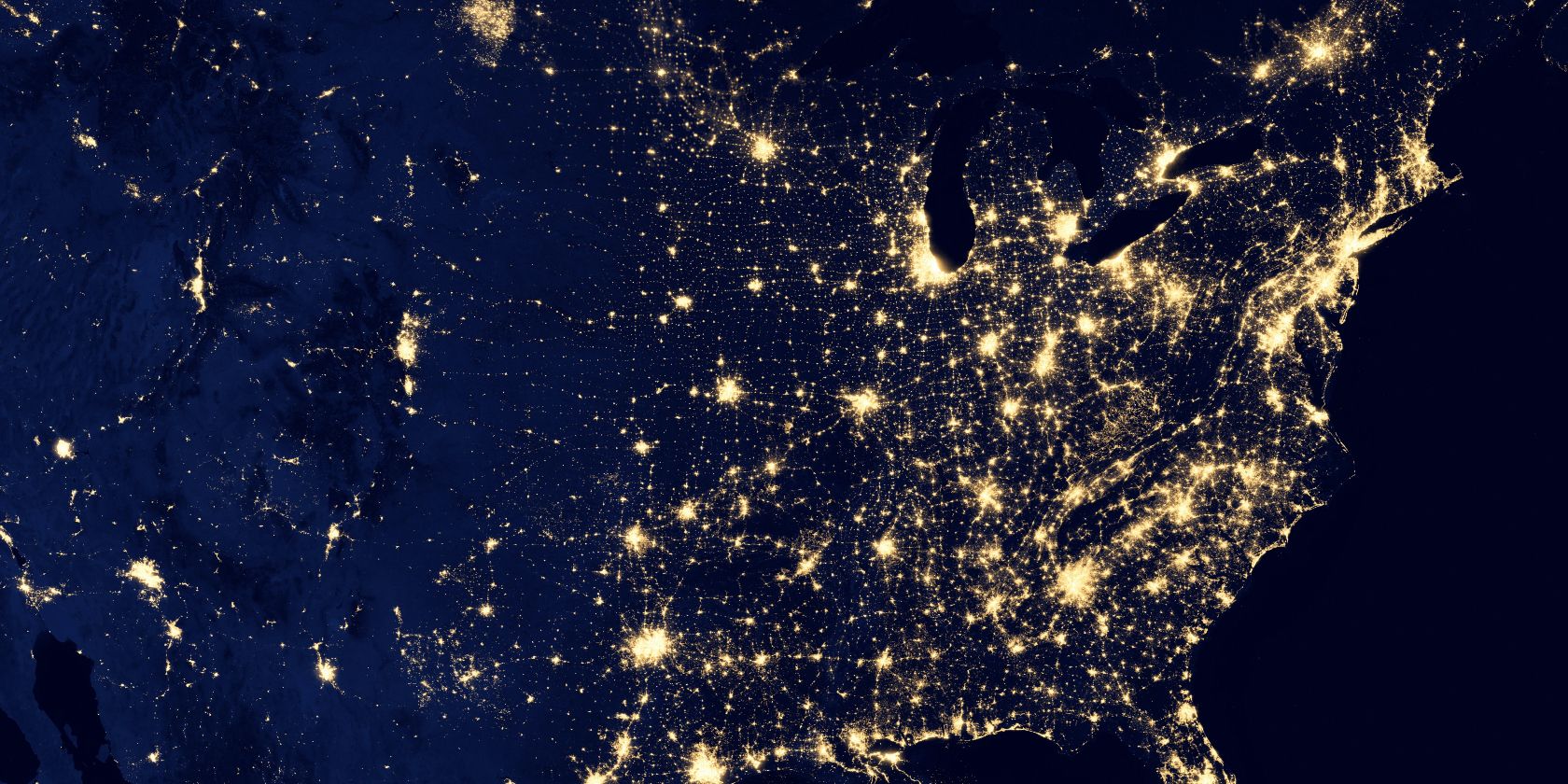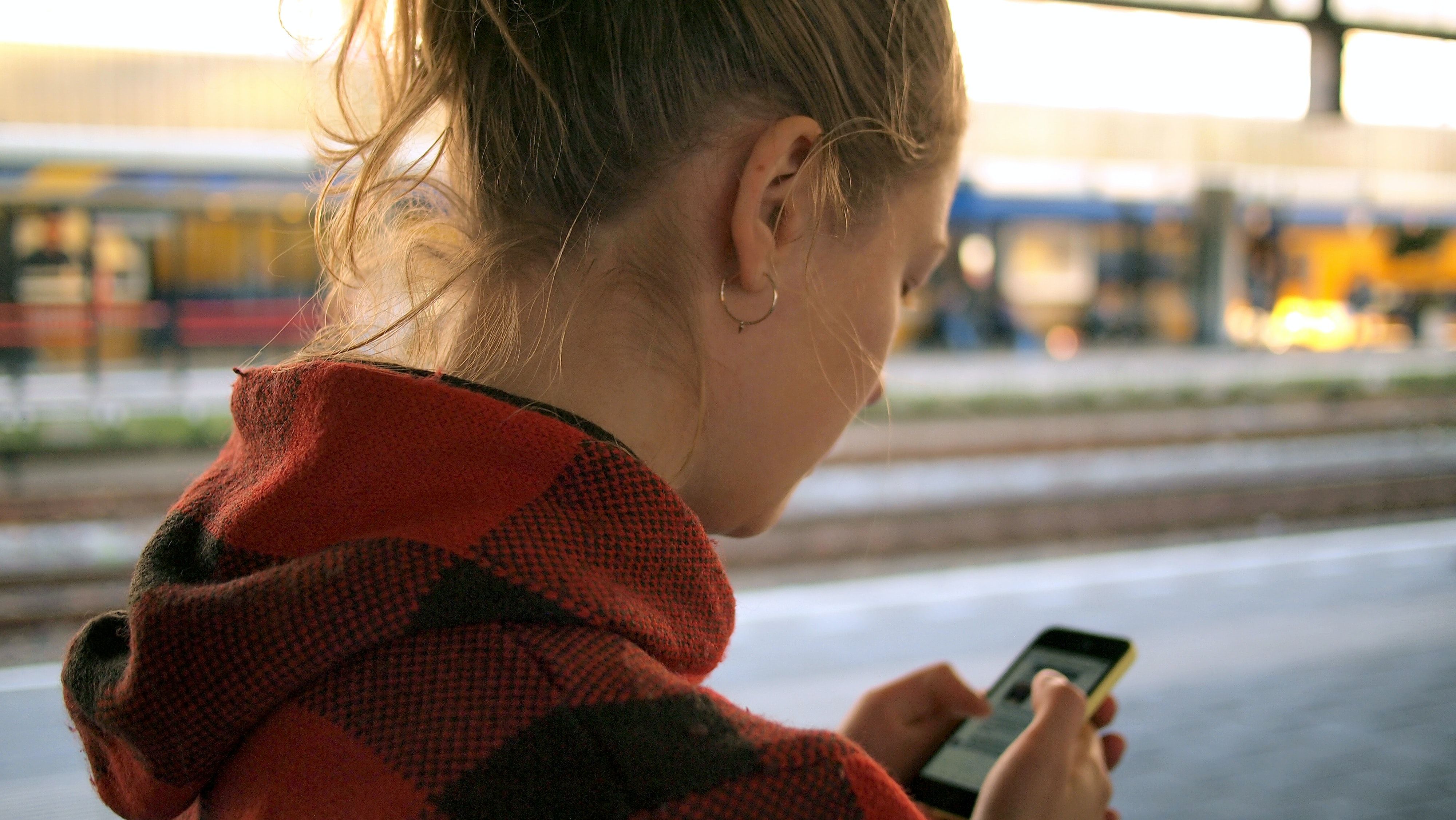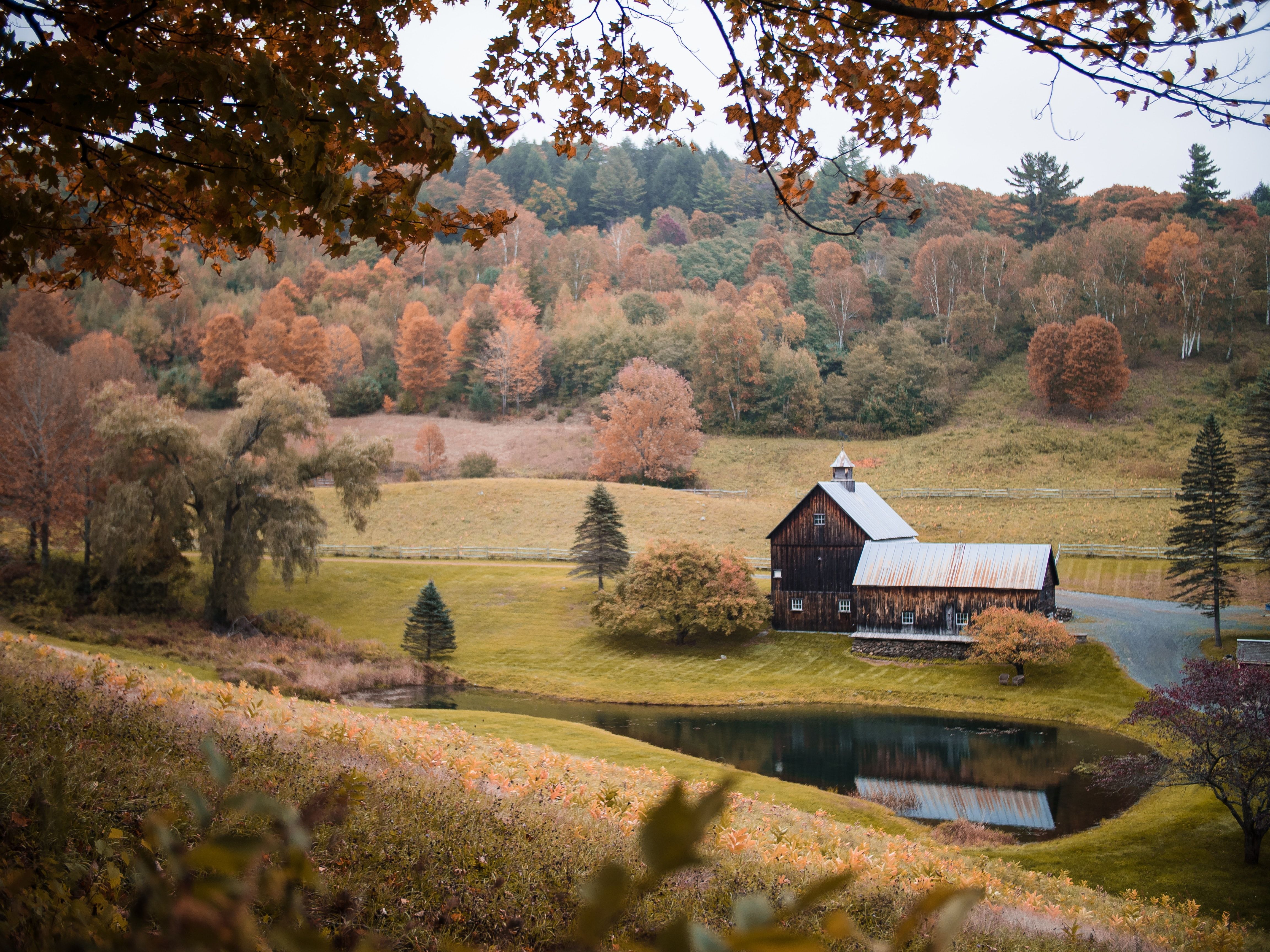While 5G hasn’t rolled out entirely across the US, it’s becoming increasingly available. But considering the size of the country and each states’ varying infrastructures, huge disparities exist.
As 5G becomes more popular, we also gather more information that helps us identify where gaps need plugging. Opensignal has been particularly proactive in this respect; in early September 2021, it released research titled: “How the 5G experience compares across 50 states and 250 US cities."
So, which states had the fastest 5G connections? Who was at the other end of the spectrum, and which cities had the best connections? Let’s take a look at each of these categories.
Which US States Have the Fastest 5G Connections?
Opensignal collected the data for its report between May 1 and July 30, 2021. In its findings, the East Coast dominated in terms of mean download speeds. New York State topped the pile at 114 megabits per second (Mbps), with Maryland coming second at 99.8 Mbps. Nearby New Jersey was third, scoring a slightly slower mean of 98.3 Mbps.
Completing the top five was Virginia (92.3 Mbps) and Rhode Island (89.4 Mbps).
Interestingly, Hawaii finished sixth—with a mean 5G speed of 88.9 Mbps. In seventh place was Utah (88.5), followed by Minnesota (88.4), Connecticut (88.3), and Illinois (87.2).
What Were the Worst-Performing States?
In recent months, US mobile speeds have performed worse than other countries. And in the same way that differences can be vast internationally, the worst-performing states lag quite significantly behind those at the top.
Vermont finished bottom with a mean 5G speed of 42.2 Mbps. Mississippi and Maine followed suit, scoring 46.1 and 49.1, respectively. West Virginia, which ranked fourth-bottom, also scored 49.1—while Alaska finished fifth-bottom with 50.5.
The five states ranking between sixth and 10th were:
- Wyoming (51.1)
- Arkansas (53.8)
- Iowa (54.9)
- Montana (55.8)
- Alabama (56.7)
Which US Cities Have the Fastest and Slowest 5G?
While looking at states gives us a good idea of how 5G connections differ across the country, it’s important to remember that differences can still be large within a single state. City infrastructure is often hugely different from rural areas, so it’s essential to keep these in mind.
Perhaps unsurprisingly, states with more people living in urban areas had greater access to 5G. But which cities had the fastest and slowest download speeds? Let’s take a closer look.
The 10 Cities With the Fastest 5G Download Speeds
Laredo, Texas, was the surprising topper of Opensignal’s research for city download speeds. Here, residents enjoyed a mean download speed of 130.7 Mbps—outperforming every state in this area.
Ranking second on the list was Salt Lake City, the capital of Utah. Here, citizens mean 5G download speed was 123.4 Mbps. That was reasonably higher than the New York City-Newark-Jersey City area, where the figure stood at 118.2.
Fourth and fifth were the Washington DC-Arlington-Alexandria area and Urban Honululu, scoring 114.1 and 108.4, respectively.
Completing the top 10 were:
- Fayetteville, North Carolina (106.5)
- Virginia Beach-Norfolk-Newport News, Virginia/North Carolina (106.4)
- Baltimore-Columbia-Towson, Maryland (105.2)
- Bridgeport-Stamford-Norwalk, Connecticut (104.9)
- Philadelphia-Camden-Wilmington, Pennsylvania/New Jersey/Delaware/Maryland (104.4)
The 10 Cities With the Slowest 5G Download Speeds
The differences between the top and worst-performing cities were drastic. At the very bottom was the Hagerstown-Martinsburg area in Maryland and West Virginia—ironically two of the best-performing states—with a mean download speed of 34.3 Mbps.
Amarillo, Texas ranked second (35.8), with the Winchester area covering Virginia and West Virginia coming third (36.8). In fourth and fifth place were Santa Cruz-Watsonville, California (37.4) and Visalia-Porterville, also in California (37.8)
The other cities and metropolitan areas to feature in the bottom 10 were:
- Waterloo-Cedar Falls, Iowa (38.9)
- Janesville-Beloit, Wisconsin (39.9)
- College Station-Bryan, Texas (40.2)
- Midland, Texas (41.0)
- Salinas, California (41.7)
5G Is on the Rollout in the US, But Plenty of Work Still Needs Doing
While 5G has moved closer and closer to widespread adoption, infrastructures in many parts of the US—and the world, for that matter—still need improvements to support this. These findings highlight where the most significant gaps need filling and are a helpful guideline moving forward.
But beyond looking at speeds alone, it’s also important to consider consistency when using 5G. Inconsistent infrastructure means you’ll likely get patchy connections on the road. So, for the time being, you might want to stick with 4G.




